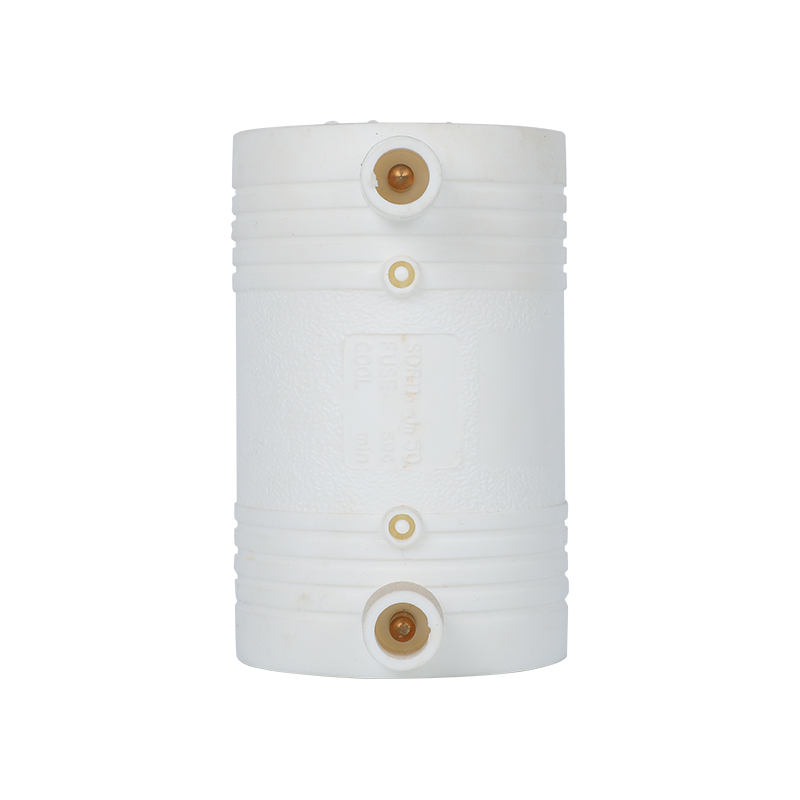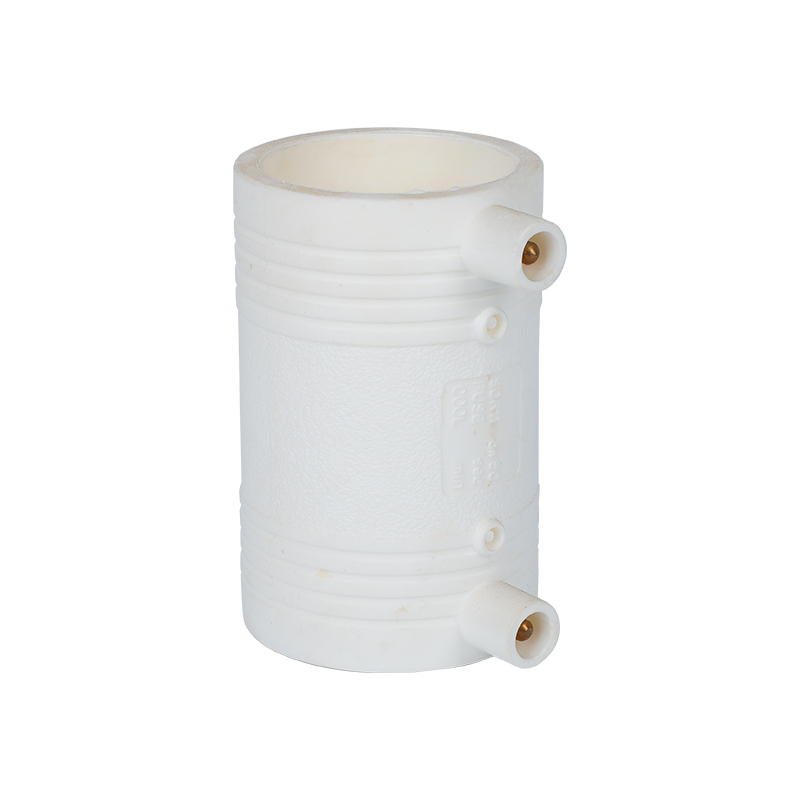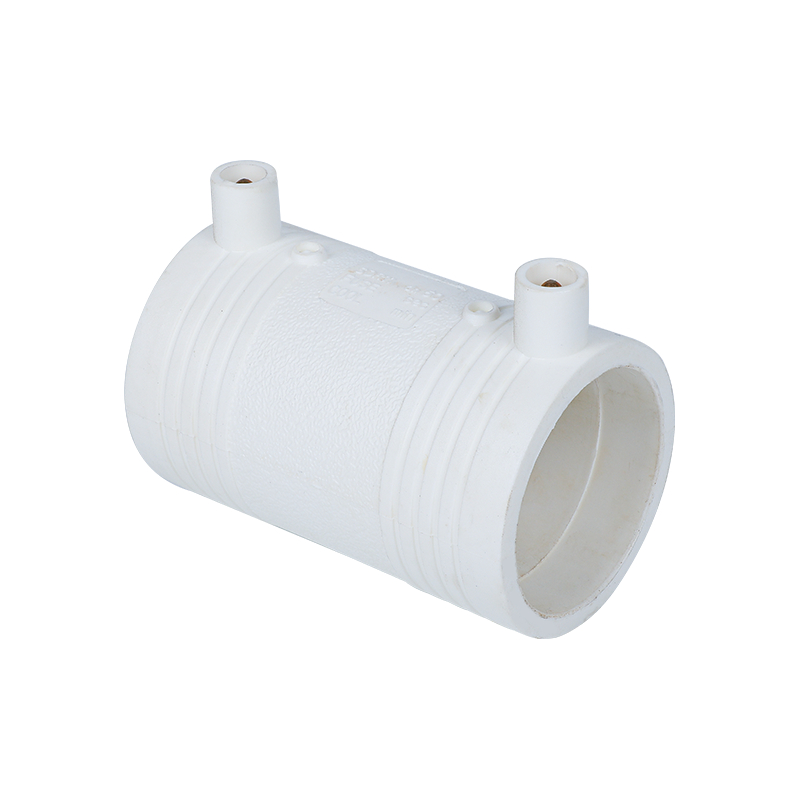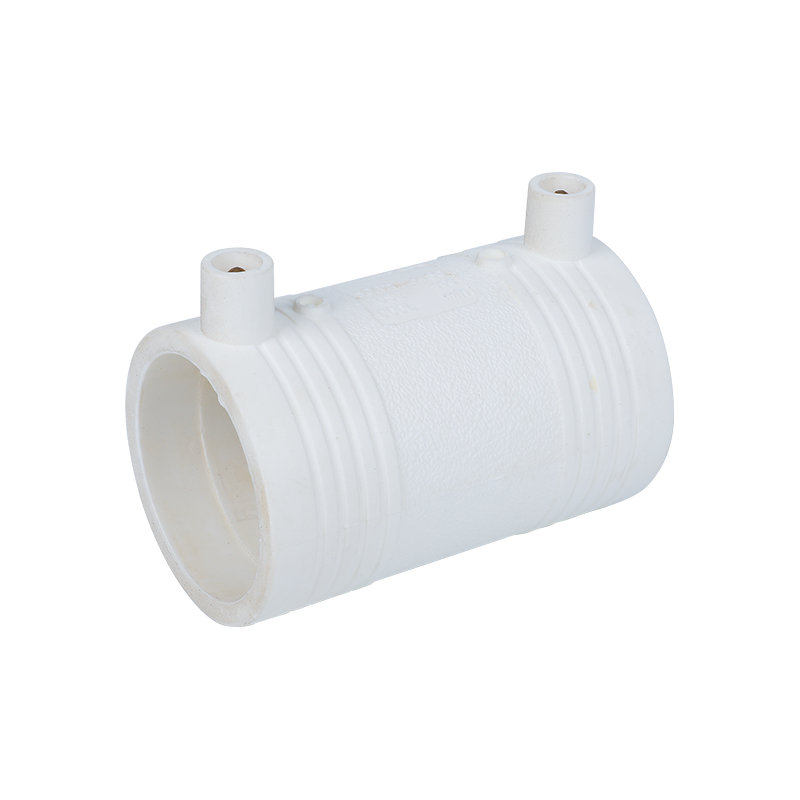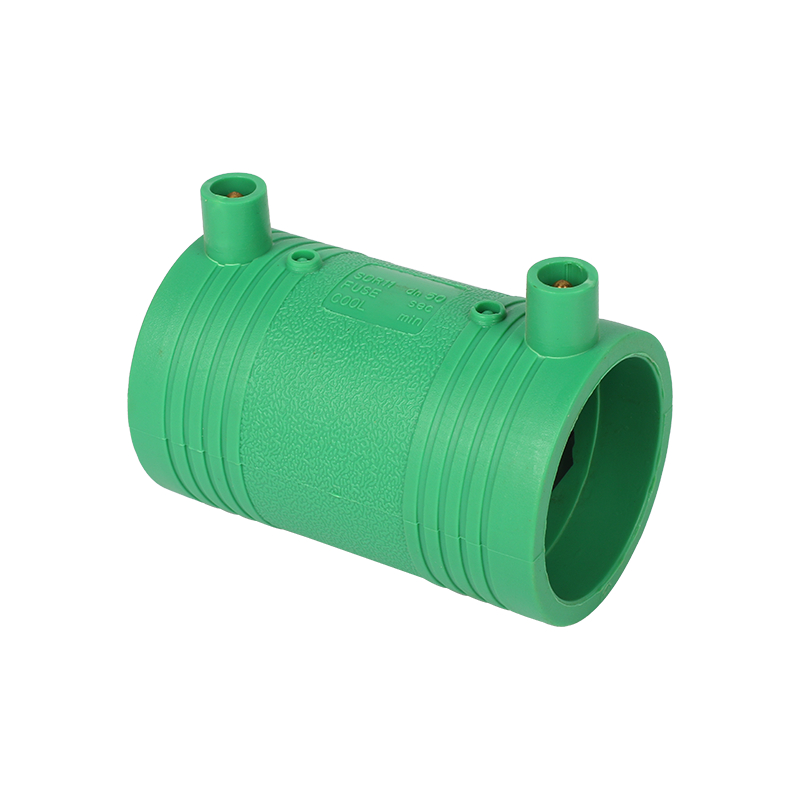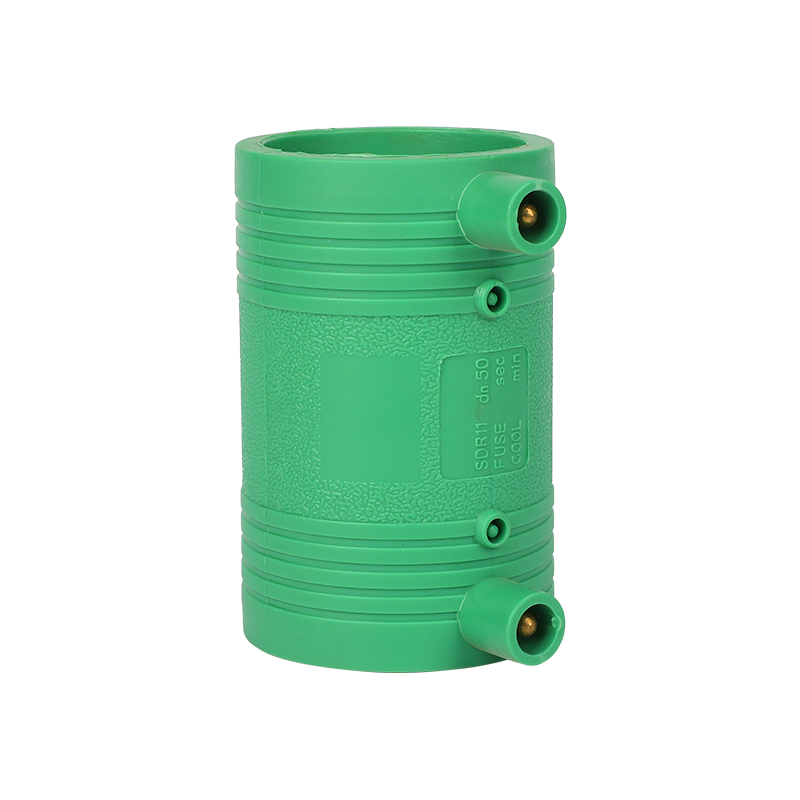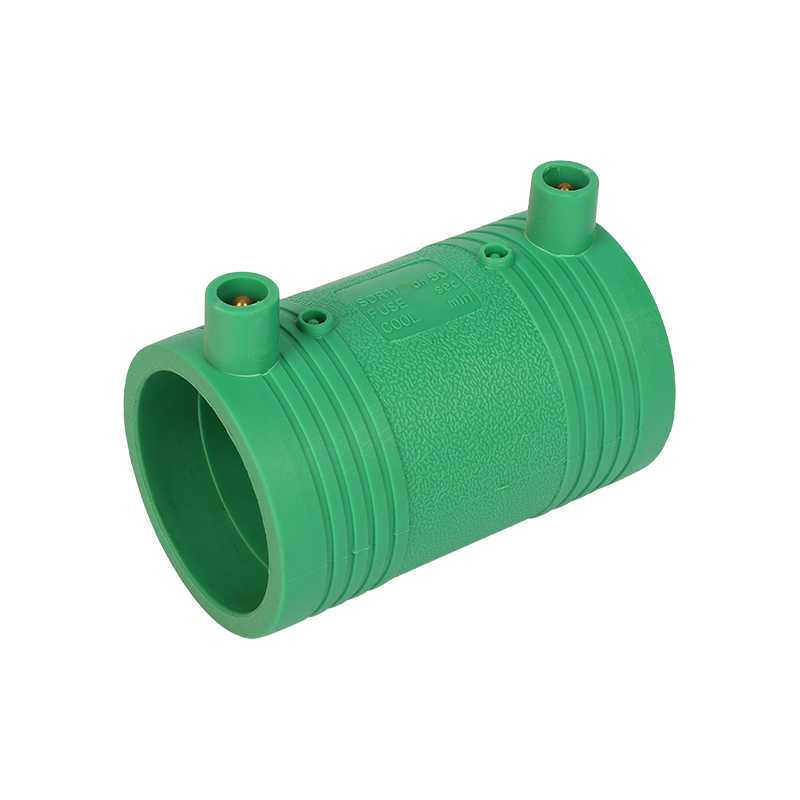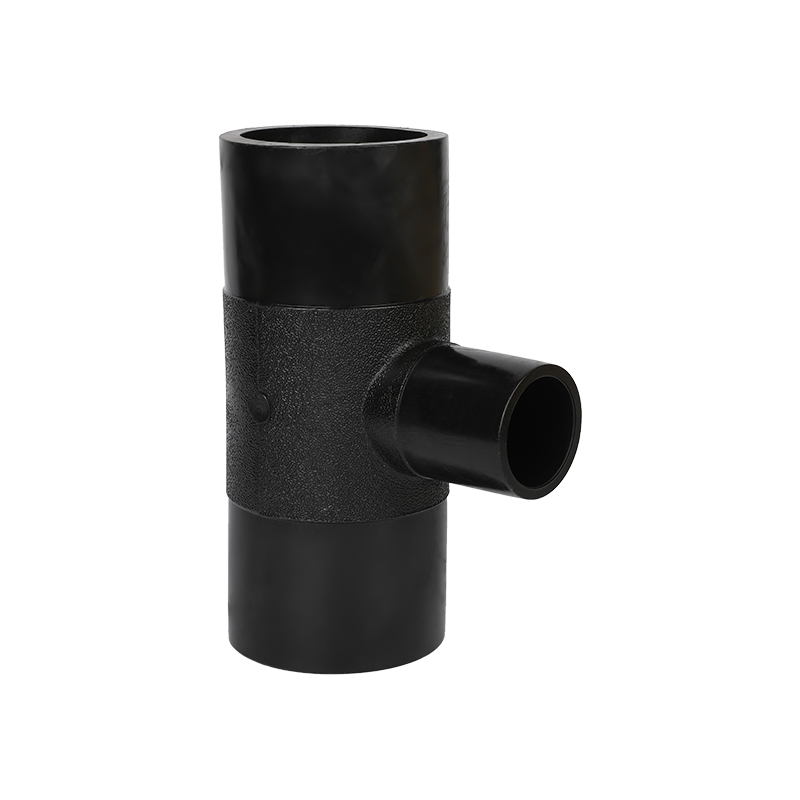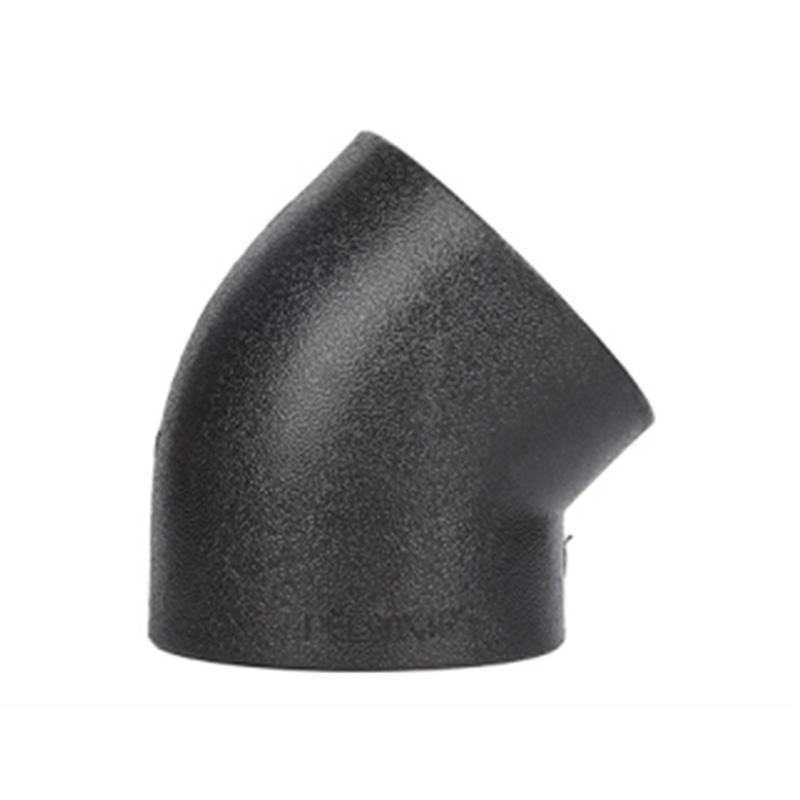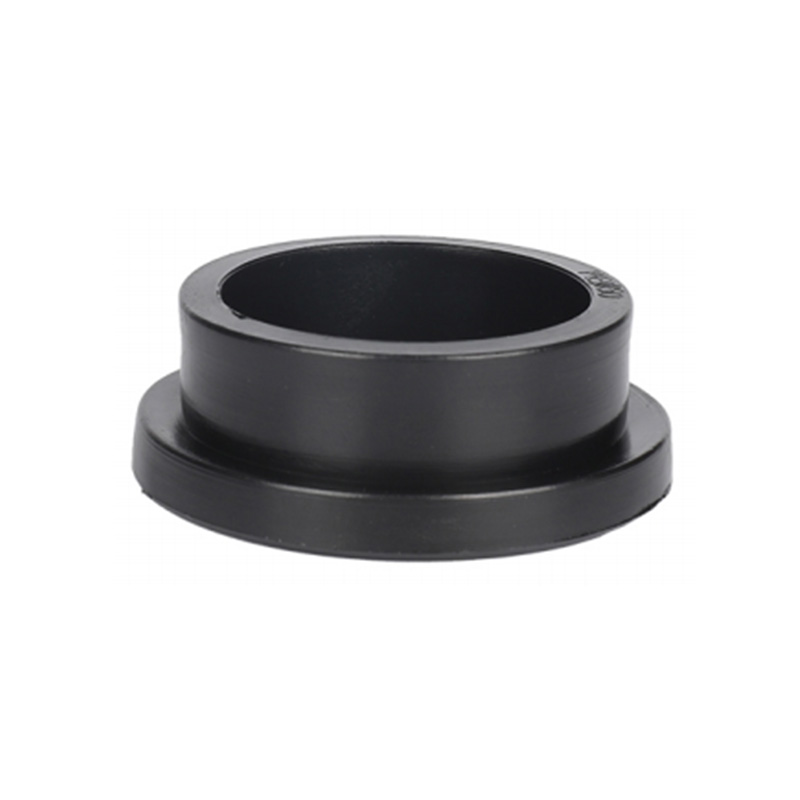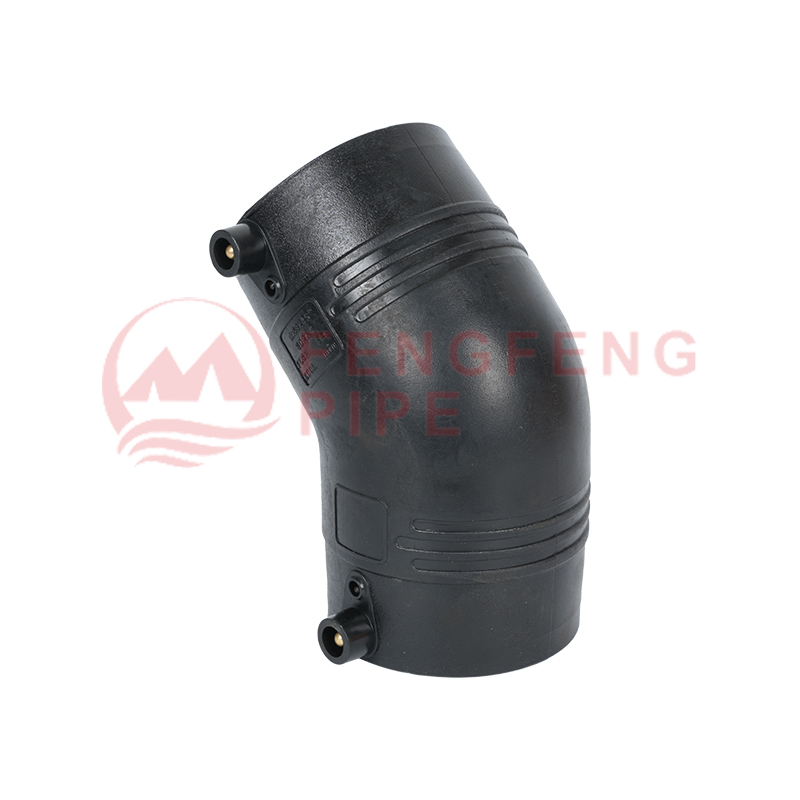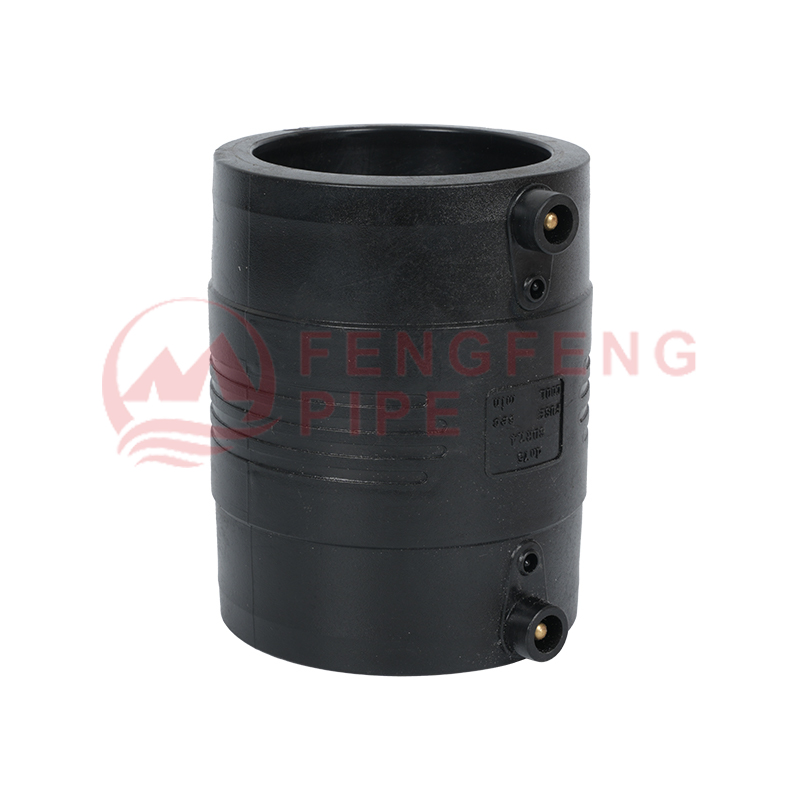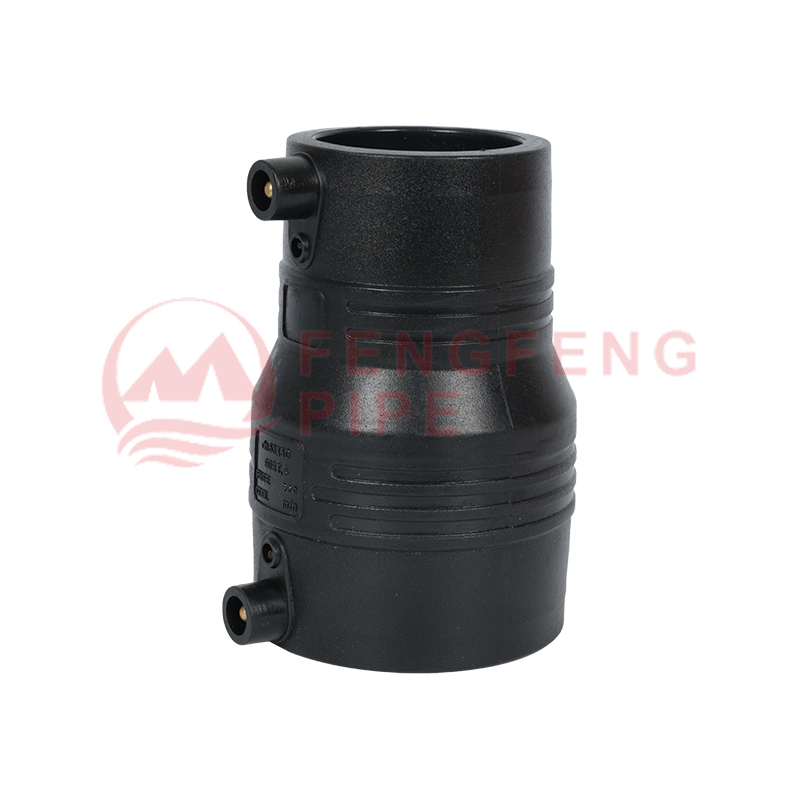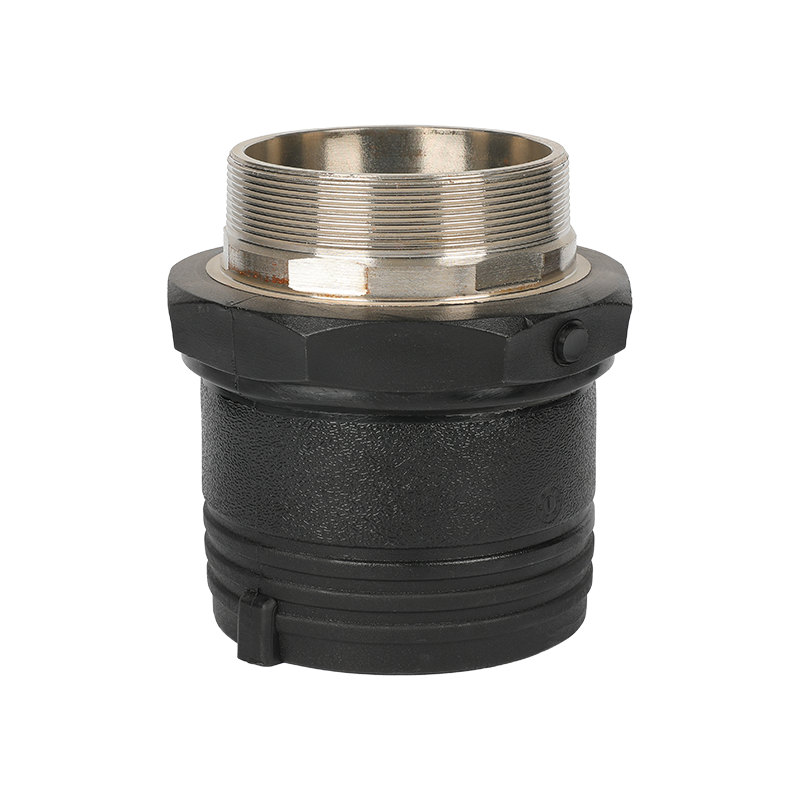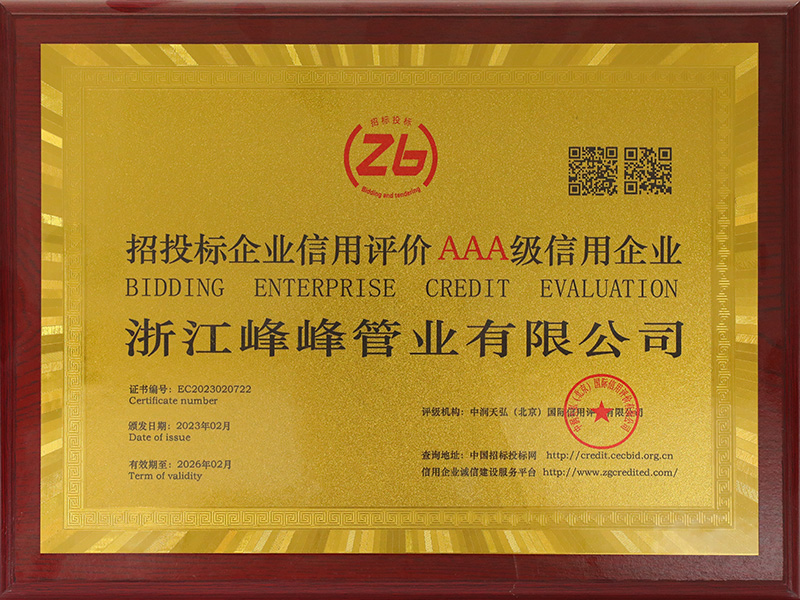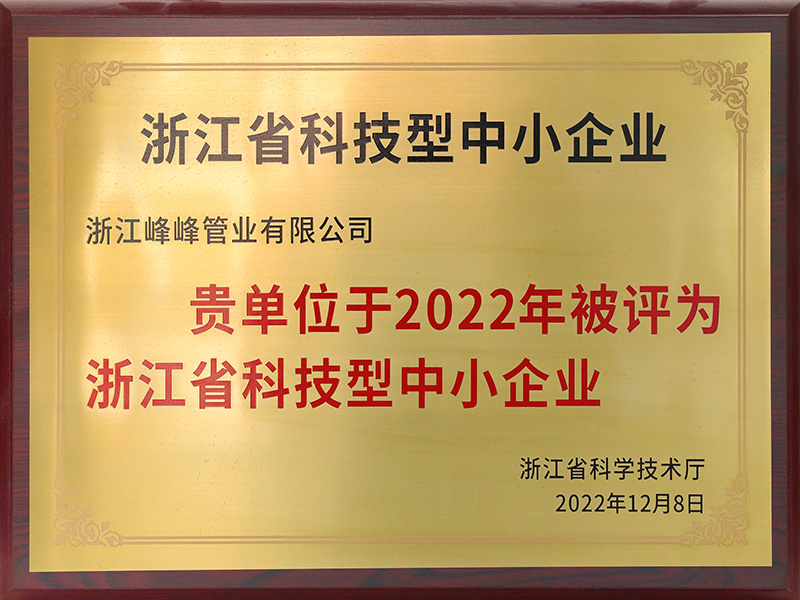Electrofusion PPR Straight Fittings
Electrofusion PPR Straight Fittings are indispensable connectors in modern water supply and drainage systems. They are highly respected by the industry for their excellent corrosion resistance, high temperature resistance and excellent mechanical strength. As a high molecular polymer, PPR material exhibits excellent chemical stability and durability, making it an ideal choice for the transportation of a variety of fluids, especially in pipe systems for drinking water and industrial water.
In practical applications, Electrofusion PPR Straight Fittings exhibits excellent adaptability and can effectively cope with various harsh environmental conditions. The corrosion resistance of this connector makes it widely used in many fields such as chemical industry, sewage treatment and seawater desalination. PPR materials are extremely resistant to chemical substances and can be used stably for a long time in highly corrosive environments such as acids and alkalis, thereby ensuring the safety and reliability of the pipe system.
In addition, Electrofusion PPR Straight Fittings also performs well in high temperature resistance and can maintain its excellent physical properties in high temperature environments, making it suitable for hot water transportation and high temperature industrial water pipe systems. This feature not only improves its applicability in high temperature application scenarios, but also provides users with a safer use experience.

Technical Characteristics
Specifications
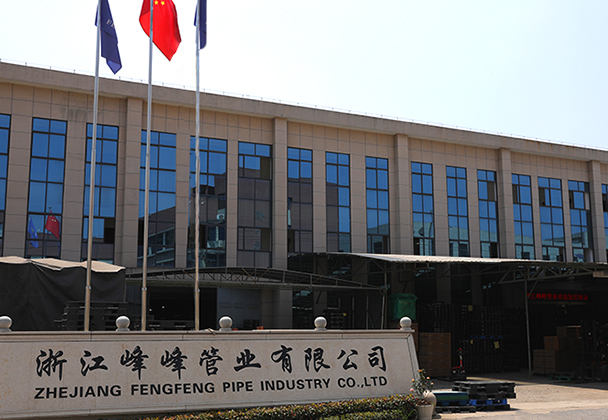
-
HDPE (high-density polyethylene) pipe is widely used in municipal water supply, gas distribution, and industrial piping systems due to its corrosion resistance, pressure resistance, and long service l...
READ MORE -
HDPE (high-density polyethylene) pipes are widely used in municipal water supply, natural gas transmission, and industrial pipeline systems due to their corrosion resistance, pressure resistance, exce...
READ MORE -
HDPE SOCKET FUSION FITTING is an essential joining technique in polyethylene pipeline engineering. The applicable diameter range is not an arbitrary fixed value. This range is professionally determine...
READ MORE
KEEP IN TOUCH


